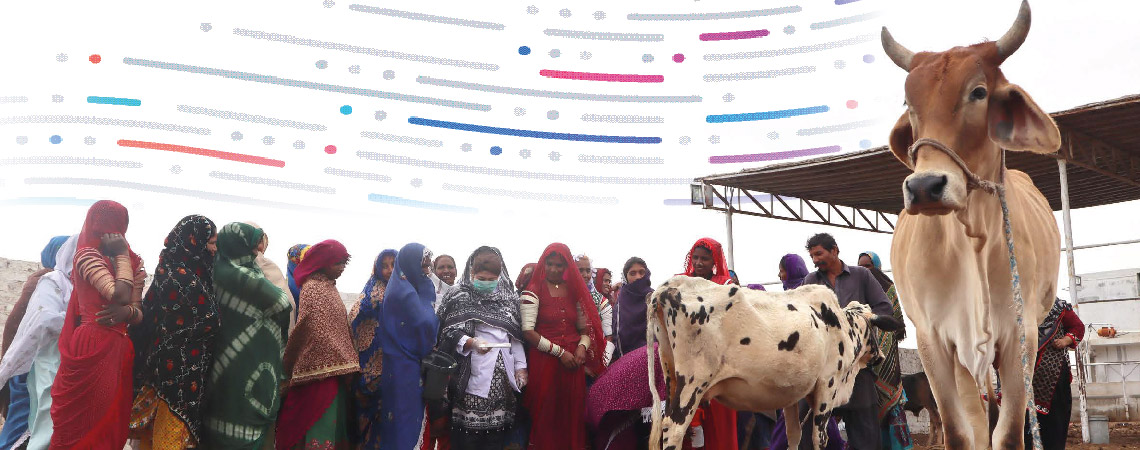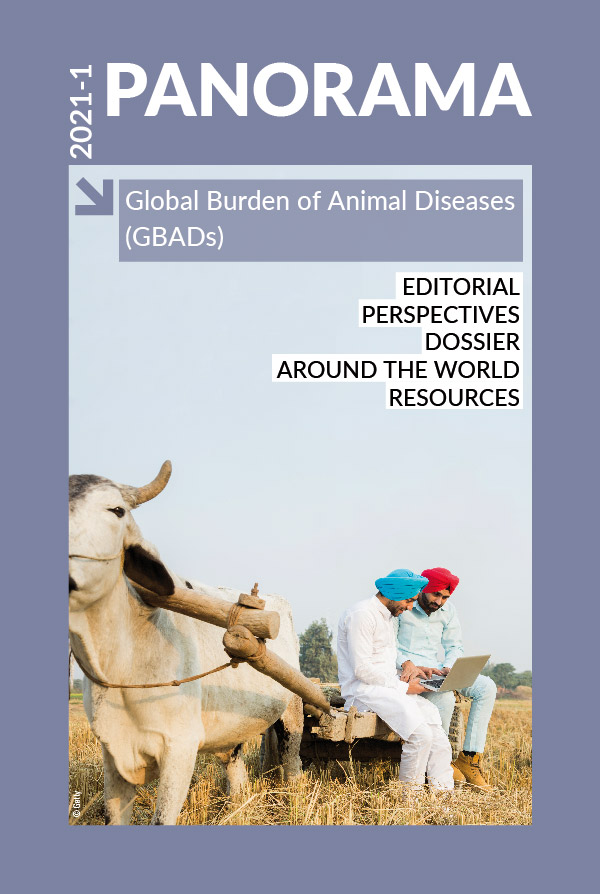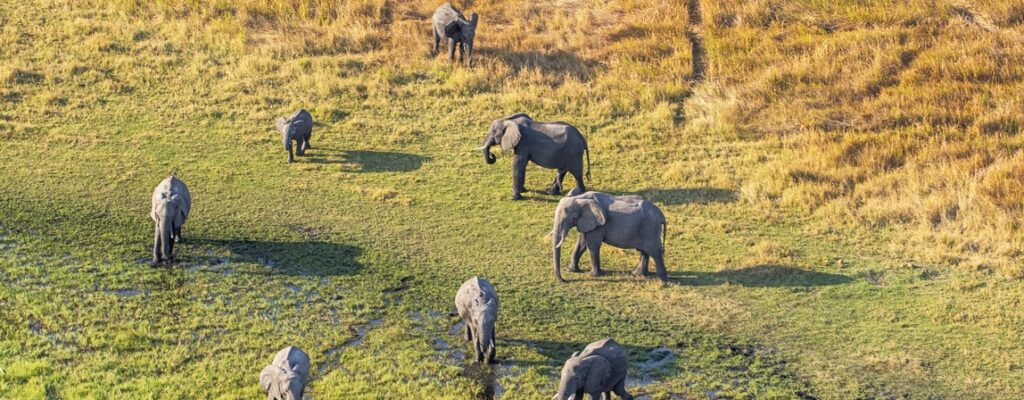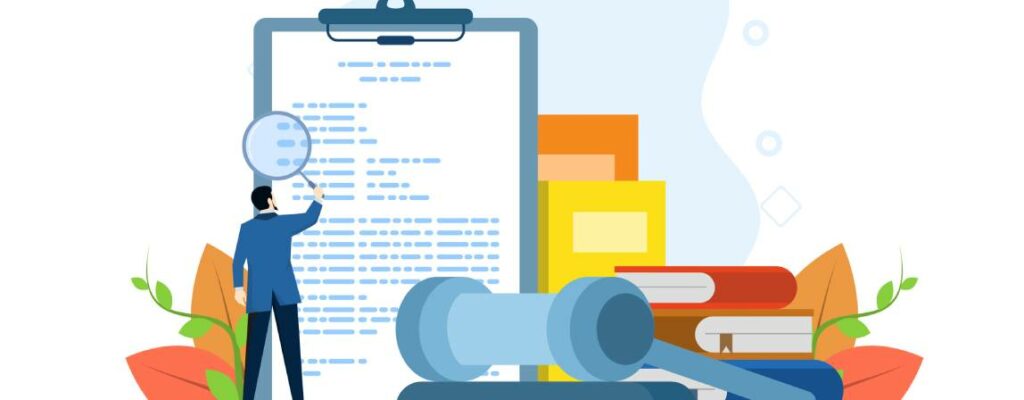Perspectives Posted on 2021-08-16 11:12:08
Opinions and strategies
Gender and the burden of animal diseases
Keywords
Authors
N. de Haan, Director, CGIAR GENDER Platform, Nairobi, Kenya.
The designations and denominations employed and the presentation of the material in this article do not imply the expression of any opinion whatsoever on the part of the OIE concerning the legal status of any country, territory, city or area or of its authorities, or concerning the delimitation of its frontiers and boundaries.
The views expressed in this article are solely the responsibility of the author(s). The mention of specific companies or products of manufacturers, whether or not these have been patented, does not imply that these have been endorsed or recommended by the OIE in preference to others of a similar nature that are not mentioned.
The first step in making the invisible visible is to obtain gender disaggregated data at household level. Simply put, this means interviewing both a man and a woman in a household, and not just the head of the household. Moreover, data collection needs to be sensitive to gender norms, so, if possible, the man and the woman should be interviewed separately to give each a chance to express themselves. GBADs will support the development of frameworks of data collection to make the invisible visible, highlighting the need for such exercises to be adequately funded.
After the collection of this data, making sense of gender requires analysis. The GBADs analytics platform will need to seek and encourage data that is good enough for the purpose of a gender analysis. Such data will help provide answers to a series of questions such as:
- What are the implications of ownership of livestock – does asking who owns the animal actually help us?
- Are we looking at how animal disease impact disempowers women?
Gender is about power relationships – which are nuanced and very contextual; how can we explore this when working with big datasets?
At the national level it is important to have structures of analysis that can take the data on gender and animal health at the household level and aggregate this at the national level, while still being able to do an effective gender analysis.
We at the CGIAR GENDER Platform will work with GBADs to make sure these questions are asked and, more importantly, we will help answer them to ensure that the GBADs programme contributes to the achievement of the United Nations Sustainable Development Goal No. 5 – Gender equality.
| For more information, please visit the CGIAR GENDER Platform |
https://doi.org/10.20506/bull.2021.1.3255












